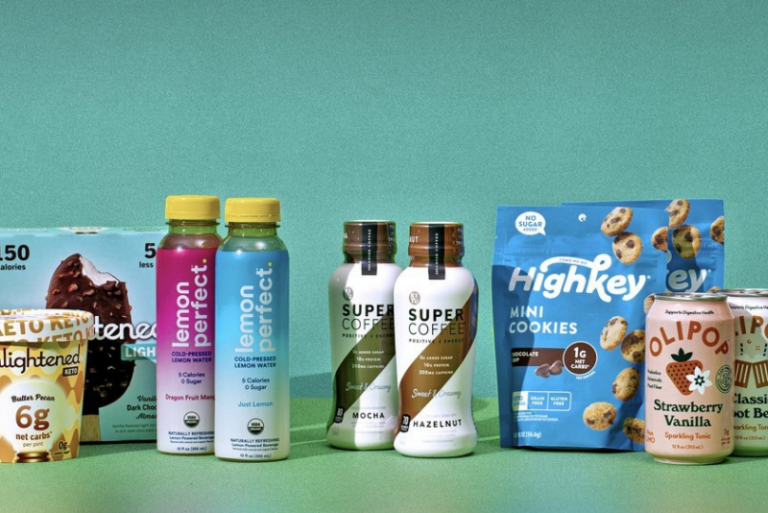Imagine a buffet of snacks, sweets and other assorted niblings laid out at the “big game” watch party or a work gathering. For many consumers, every cookie, cracker or brownie bite presents a question: “What ingredients are in here? Does this contain dairy? Gluten? Is there sugar that will cause an insulin spike? Should I have my Epi-pen ready?”
As consumers put an increasing amount of thought into their food, baking companies are called to do the same. There is trend-driven demand and medical necessity for reformulation that is more inclusive to those with food sensitivities, health conditions or even life-threatening allergies. And several bakeries are on a mission to bring better food for all to market.
The research and advocacy group Food Allergy Research and Education states that food allergens impact a staggering 32 million Americans, including 5.6 million children under the age of 18. The major food allergens that cause the most severe reactions in the US are milk, egg, peanut, tree nuts, wheat, soy, fish and crustacean shellfish. Sesame will officially join the ranks in 2023.
Many major allergens are commonly used in baked goods, making every sandwich, granola bar, cookie or muffin packed in a lunchbox a potential hazard. Schools remain one of the top places where cross-contamination can run rampant, increasing the need for products — especially the sweet treats that children love — to be “classroom safe.”










